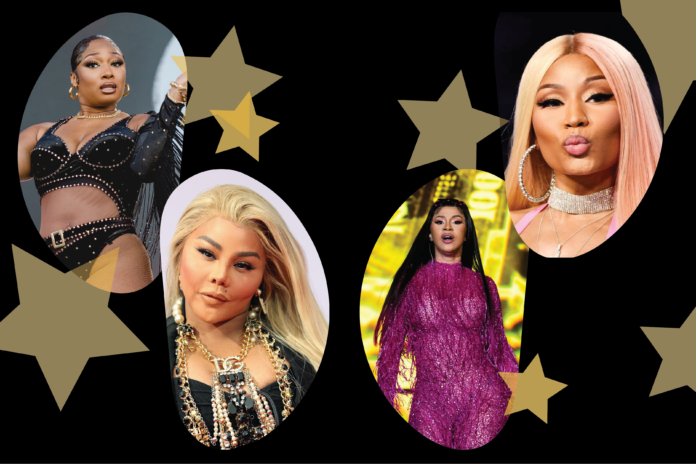Though many have paved the way, there is still much to be done
By CLARA FISCHER — arts@theaggie.org
It is fairly obvious that hip-hop is not exactly a feminist art form. Historically, the genre has been dominated by male rappers, and in more recent years, has been overwhelmed by lyrics that tend to sexualize and objectify women.
It was not always like this — in fact, hip-hop was born in the ‘80s as a way for the Black community to artistically respond to the oppression they faced. The art form takes inspiration from jazz, poetry and other cultural influences of the time period. Since it formed as a response to injustice, naturally many hip-hop artists emphasized social justice and other political themes in their tracks — notable examples of which include 2Pac, KRS-One, N.W.A. Ded Prez, Mos Def and many more.
However, like so many other male-dominated industries, hip-hop is permeated with sexism and objectification of women that extends back before hip-hop was even invented. Black women in particular have often been portrayed as either moral objects in need of protection or immoral hypersexual beings. This demeaning viewpoint is reinforced through lyrics, music videos and the overall language used towards women.
Thankfully, it did not take long for women to change the game.
Among the very first women to break onto the scene was Roxanne Shante, who rose to fame with the track “Roxanne’s Revenge.” Only 14 at the time, she was one of the youngest MCs in the industry, and on top of that, one of the first female artists to taste commercial success in this harsh industry — though she did struggle to achieve long-term acclaim.
Even with this breakthrough of female artists in hip-hop, the first female MCs tended to take on a very masculine swagger in order to achieve their success. Missy Elliot and Queen Latifah come to mind as examples of this. No one who owned traditional feminine stereotypes truly experienced success — that is, until Lil’ Kim showed up.
It is fair to say that, paving the way for today’s female artists, Lil’ Kim was the first female MC to fully own her sexuality in the exaggerated, hyperfeminine way we have now become accustomed to seeing from the likes of Nicki Minaj and Cardi B. Her lyrics matched the profanity of any male artists, with raunchy music videos and an air of confidence to boot.
Even with the work of their predecessors, modern female rappers still face criticism when they choose to be overtly sexual in the way that a man might be. Cardi B and Megan Thee Stallion’s “WAP” received immense backlash from men and women alike for its explicit lyricism and music video — which, it is worth mentioning, features no men.
Even some of their coworkers in the industry gave negative input. In an interview with The Breakfast Club, Snoop Dogg said, “Cover your body up, let a man have some imagination and think and be like one of the women up in the office, up in there.” Clearly, many still have an issue with women flaunting their sexuality.
As if the criticism from outsiders wasn’t enough, female MCs also have to deal with a toxic spirit that exists within the space, determined to stoke competition among its women.
“In every industry, women are pitted against one another, but especially in hip-hop, where it seems as if the male-dominated ecosystem can only handle one female rapper at a time,” said Megan Thee Stallion in an opinion piece written for The New York Times.
It makes sense that a genre so saturated in toxic masculinity will work to prevent the simultaneous success of multiple female artists and instead set them up against each other (e.g. Nicki Minaj throwing a stiletto at Cardi B’s head at New York Fashion Week).
Even with all these barriers, the future looks strong for female hip-hop artists. Though there is still a lot of work to do toward breaking down barriers for these talented musicians (and the women who listen to their music), the rate at which female MCs are demolishing them is promising.
As an example, for two weeks in May of 2020, Doja Cat and Nicki Minaj were alongside Megan Thee Stallion and Beyoncé to occupy the top two spots on the Billboard Hot 100 Chart. These ladies are just four of the many multi-talented female artists leading the charge into a male-dominated industry and making it look easy.
Written by: Clara Fischer — arts@theaggie.org




